8 Steps to a Perfect Scene
I’m sharing a guest post I wrote some months back for Jerry Jenkins (Here’s the link to the original post, if you’d like to check it out and read some of the comments). Few fiction writers consider the actual process of writing a scene, and I’ve never found anything written on this topic that breaks down the process into steps. So I hope you benefit from this!
If you’ve attempted writing a novel, you know how complex the process is. Writers have to not only come up with a great premise and engaging characters, along with high stakes, and themes, and meaningful conflict that pushes the protagonist toward his visible goal for the story, they also have to master the crafting of the scene.
Writing a perfect scene is a whole lot harder than some people think. Many writers, sitting down to work on their novel for the day, spend a moment or two thinking up some idea for a scene that will fit nicely in their story. Little regard is given to the overall purpose of that scene or in choosing setting and developments that will advance and complicate the plot in an impacting way.
While a checklist is helpful in analyzing the components and structure of a scene, it doesn’t address the process.
Scene Positioning and Genre
Think about this: a scene’s purpose is going to vary over the span of a novel. Where a scene is positioned in the story informs much of what type of scene it should be.
Opening scenes are loaded with character and premise setup. The burden of slipping in the important bits of backstory falls on those first scenes. Middle scenes bring in complications, twists, and higher stakes. Scenes building to the riveting climax might be shorter or abbreviated and packed with more action or emotion.
In addition, genre also dictates style, length, and structure of a scene. Which means a writer needs to carefully study the successful novels in her genre to design the kinds of scenes that her target audience will expect.
So, a writer can’t fall back on some “one size fits all” template for creating a perfect scene. But there are steps you can take when brainstorming the scenes for your story.
8-Step Process That Works for Most Scenes
Regardless of positioning or genre, most of the time these steps will provide solid framework to ensure that every scene you design is solid in structure.
So what should be your first consideration when you sit down to plot a scene?
#1. Identify the Purpose of the Scene
Every scene should be written with a clearly defined purpose in mind. Here’s where a lot of writers flounder. They want to show their protagonist having “issues” or some sort of conflict. They’re hoping to write some catchy dialogue and entertain their reader. Maybe they’re just trying to move the character from one location to another in an effort to “move the plot forward.”
All this begs the question: Just what purpose should a scene have?
You may have heard that a scene should either “advance the plot,” “reveal character,” or both. And that’s good advice, however vague. We want our plots to unfold with strong pacing and riveting “showing.” And we want to create and deepen empathy for our protagonist. In addition, we want enough mystery and conflict in every scene to evoke curiosity, so readers will keep turning pages.
So, understanding what type of scene you’re about to write is the key. Scenes should reflect how people behave in real life, and that means writers need to understand the natural action-reaction cycle.
In life, things happen. When they do, we react. We then process what just happened or what was said, then we make a decision about it, which leads to new action. It’s action-reaction-process-decision-new action.
Some writing instructors break it down this way:
- Scenes: a three-part pattern of goal, conflict, disaster
- Sequels: reaction, dilemma, decision
While that might work in general and is a pattern used by many successful authors, I’ve found that using this template can often feel as if you’re trying to fit that round peg into a square hole.
Better to be flexible and design your scenes for their precise purpose—and that might result in one scene that is all conflict and no disaster and another that is disaster that ends in reaction. We’ve all read scenes that are various combinations of those elements.
As you home in on your purpose for your scene, then, first think about your objective and write one sentence that encapsulates it. For instance, the scene I’m presently working on for my new historical Western romance, Colorado Dream, is my midpoint. The purpose of my scene is to show my hero, Buck Hendricks, losing control and scaring the heroine, Angela.
As I continued with the steps outlined below, I fixed that purpose in my mind. Every element of my scene needs to serve that purpose.
So spend the needed time to identify the purpose for your scene. Can’t think of any? Throw out the idea and come up with one that works.
Once you’ve identified your scene’s purpose, you’re ready for Step #2
#2. Identify the High Moment
This naturally follows step 1, for once you know the purpose of your scene, you need to determine what your key moment will be. This moment occurs near the end of the scene, or might occur in the last line. Why is this?
Because most scenes should mimic novel structure, with a beginning, middle, climax, and ending. Scenes, though, can effectively “hang” at the end, in order to add suspense and tension and compel the reader to start right into the next scene, eager to learn what happens next.
I determined that the high moment in my midpoint scene is when Buck goes crazy in an attempt to keep Angela safe. I set up earlier that she is terrified of snakes, and so the scene starts right before they run into a mess of rattlers, builds to the high moment with Angela screaming as snakes strike. Buck shoots his rifle, then slashes in fury at the critters with his knife.
I end the scene immediately after it’s clear that Buck is a man possessed and Angela finds his behavior more frightening than the snakes.
So, this crucial Step #2 is where the ultimate purpose of your scene is revealed and played out. Whether your high moment takes up a page or a mere paragraph, it showcases your scene’s purpose.
#3. Conflict: Inner and Outer
Conflict is story. A great novel will have conflict on every single page. Sometimes that will be inner conflict; other times outer. Or both. But you don’t want random, meaningless conflict, such as a scene in which two people are arguing about what type of coffee they plan to order at the Starbucks counter . . . unless, that specific argument is going to reveal something important that advances the plot or reveals a key bit of character.
But just as your scene should have an important purpose, so should your conflict. Think of ways to ramp that conflict so it has the highest stakes possible—private stakes, public stakes, or both. Too often writers don’t push the stakes enough.
Every scene—even a thoughtful “processing” scene—can have high tension, lots of inner conflict, and high stakes. You don’t need explosive action to have conflict.
So as you’re storyboarding your scene, think about the conflict you can infuse it with.
In my rattlesnake scene, there is obvious outer conflict: man against nature as Buck and Angela fight off the snakes. But if that were the only conflict I planned to include, the scene would be weak and lacking.
So the true, deeper, and heavier conflict is the inner conflict as Angela—the character I’ve chosen as the POV for the scene—reacts to Buck’s violent streak. She has been resisting falling for him, so this incident creates super-high conflict for her. And it creates conflict between them, as Buck’s behavior pushes her away rather than draws her to him. He means to show her his courage and desire to protect her, but it backfires.
Getting clear on the conflict and high stakes for your scene then paves the way for Step #4:
#4. How Your Character Changes by the End of the Scene
Writing instructor James Bell says, “Every scene should have a death.” A death of a dream, a relationship, a plan, a belief. Literary agent Donald Maass encourages writers in his workshops to consider how a POV character thinks and feels right before the scene starts and how she then feels twenty minutes (of “screen time”) after the scene ends.
The character should be changed by what happens. The change can be subtle or it can be huge. It can involve a change in opinion or perspective, or it can be a monumental personality shift through impacting self-realization.
But change must occur. Why? Because in order for the story to advance, decisions must be made and new action instigated. Every event in a novel impacts your characters and foments change.
But as with all the other components we’ve looked at, change must be significant and relevant. It must serve the plot. Just as you don’t want to create any ol’ conflict, you don’t want any ol’ change.
How will I have Angela change at the end of the snake scene? Her reaction is shock. Her initial processing tells her she has to flee—from Buck, from the wild West (that has dangerous snakes). Before the scene started, she was falling in love. Now, after the scene ends, all those feelings have been squashed. She wants to go back to NY.
Buck of course will change drastically too, but you will see that in the next scene, in his POV, as he’s also shocked at the violent streak he fears he’s inherited from his father (who murdered Buck’s ma). Though he loves Angela, he knows he can never let himself get close to any woman because he will hurt her.
Both characters deal with inner and outer conflict. Both change as they react and process what happens in the scene. So this brings us to a key question in the next step.
#5. Determine the POV
Who is the best character to experience your scene? With novels that are solely in the protagonist’s POV (first or third person), this isn’t an issue. But for novels in shifting third person, before you go any further in storyboarding your scene, you need to determine whose POV you’ll choose.
Why is this Step #5 and not Step #1? Because determining the purpose, high moment, conflict, and changes in character are important to nail before choosing POV. This order isn’t set in stone, though, and you may find it easier to choose your POV character as soon as you determine the purpose of your scene.
Or the POV choice may be obvious. Sometimes there is only one appropriate character to witness, react to, and process the events that take place in a scene.
In romance novels, it’s very common to alternate between hero and heroine, and even break up scenes so that one part is in one POV, and then, following a scene break, the scene continues but is now in the other’s POV.
Remember, genre is going to play a big part in your scene decisions. With a fantasy or thriller you may have many POVs, but if you follow these steps, it will help you decide which character is going to be the best choice for a particular scene.
Ask yourself these questions:
- Who has the most to lose or gain from these events?
- Who will have the strongest emotional reaction?
- Whose life will be the most impacted by what happens?
- Who will change the most after these events?
- Whose insights and reactions would be the most impacting to the plot?
Answering these questions may help you choose the best character for the scene.
The next three steps take place as you’re writing the scene.
#6. Leave Out the Boring Stuff . . .
. . . and the ordinary, predictable, “on the nose” stuff that no one wants to read about.
If you start your scene in the middle of something happening, a bit before you build to your high moment, you’ll avoid having pages of unimportant action and narrative and dialogue.
Bring in bits of important backstory where needed, but keep the present action engaging and pertinent. Cut out anything that isn’t serving the purpose of your scene. You’ve learned you need inner and outer conflict and character transformation. Make every word count. There’s no room for “boring” in a great novel.
#7. Work on Your Beginning and Ending Hooks
No, it’s not just your novel’s first line that has to hook readers. Every new scene is a promise—a promise to entertain, enthrall, evoke emotion. Writers must make good on their promises.
Work to create strong scene openings and riveting scene endings. Study best-selling novels in your genre to see how adept authors do this. Last paragraphs and last lines drive home the conflict and character transformation.
Consider symbolism or motif. In my scene, at the end, the snakes become a symbol for Angela. One minute they’re silent, unmoving, unnoticed. The next, they erupt in violent attack. Buck behaves the same way. Beneath that calm exterior is a man poised to strike in violence.
This particular scene is action-reaction. I play out the action and end with my character’s reaction with a bit of processing. I don’t want to go on too long with the processing because that will weaken the heavy emotional impact of the moment. The processing will continue in full in the next scenes, leading to a decision and new action for both characters.
#8. Add in Texture and Sensory Details
While some writers naturally overstuff their scenes with too much detail, most tend to underwrite when it comes to sensory description of character and setting. The last step in this scene-structure process (before editing) involves reading carefully through the draft and working to bring the scene to life with specific and vivid detail.
To immerse readers in your story, you need to paint enough of a picture to help them see the scene play out as if on the big screen. Too much detail can be boring, and details that don’t do anything helpful to reveal interesting or important bits have no place in your scene. Choose intriguing settings where possible instead of defaulting to the boring restaurant or coffee shop.
Again, study the successful novels in your genre to see how much description the author uses, as well as where and in what way places and people are described.
Scenes are the framework of a novel and shouldn’t be thrown together haphazardly. If you use this method every time you sit down to craft a scene, you’ll likely create a well-structured one.
To help you with this, I’ve created a worksheet you can download and print out! Use it every time you start in on a new scene.
What are your biggest challenges when you start to write a scene? Does this process make sense to you? What else would you add to this process?

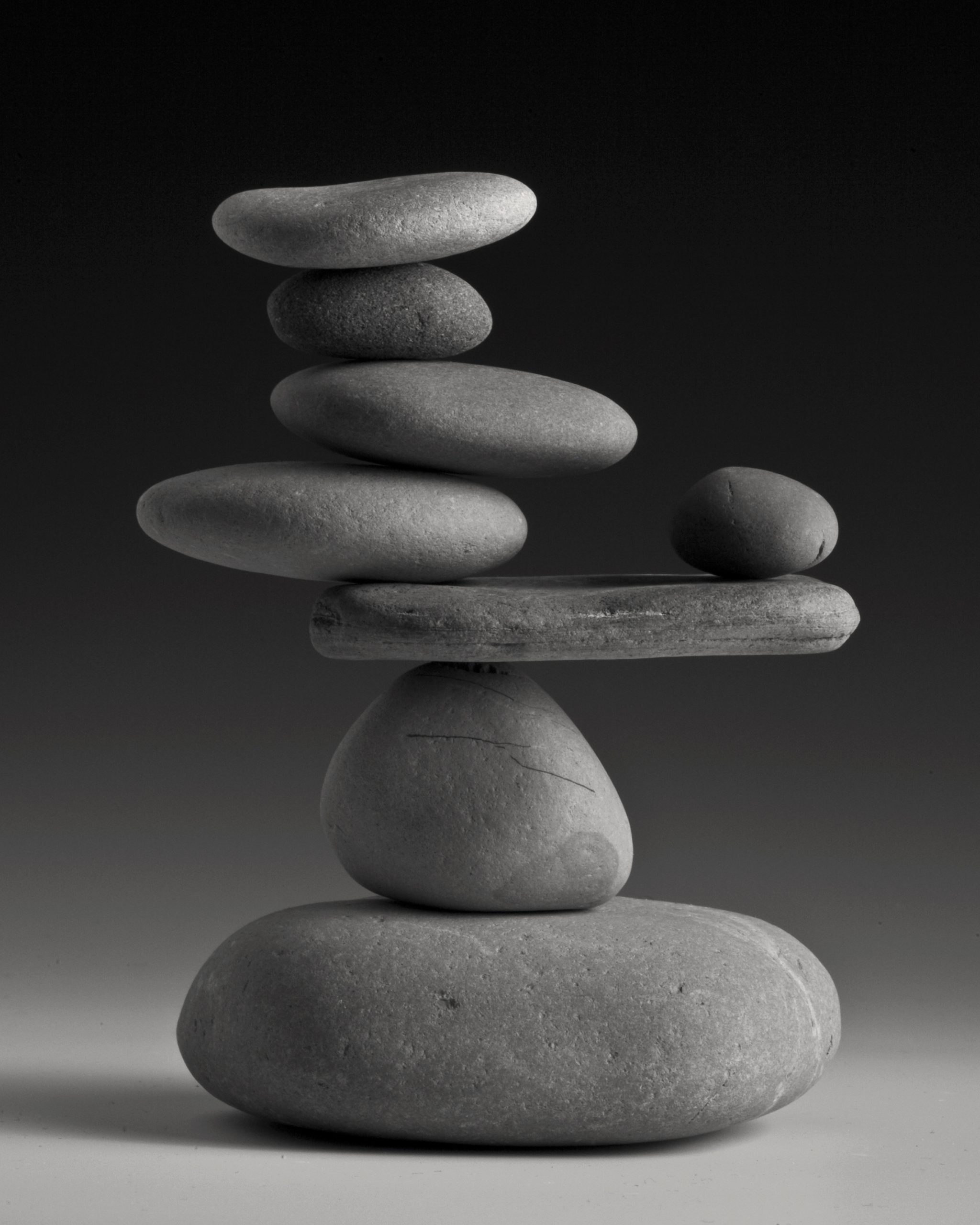

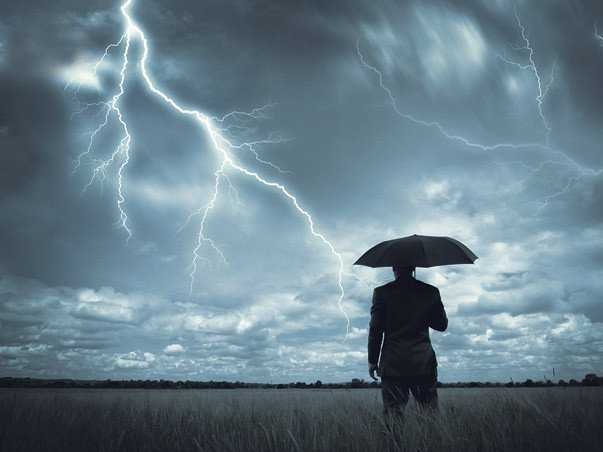

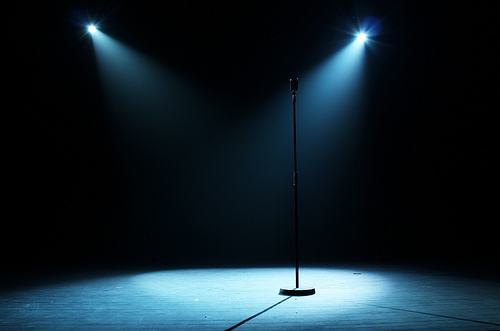
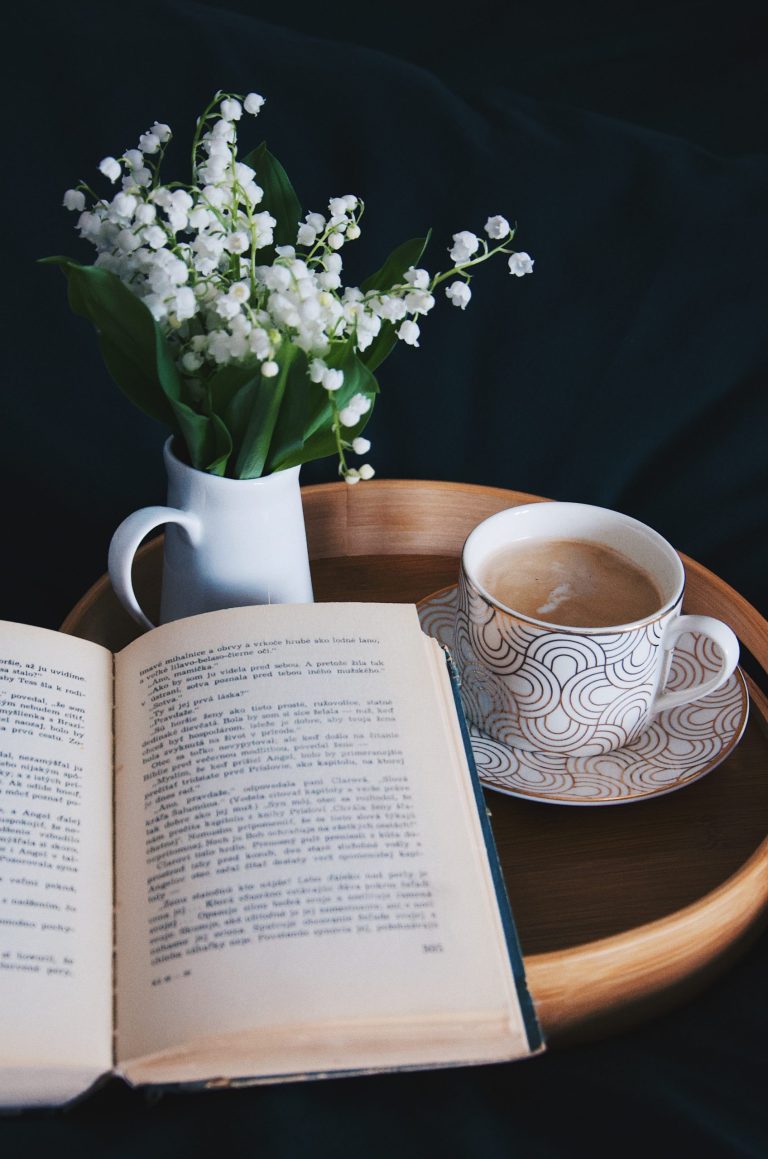
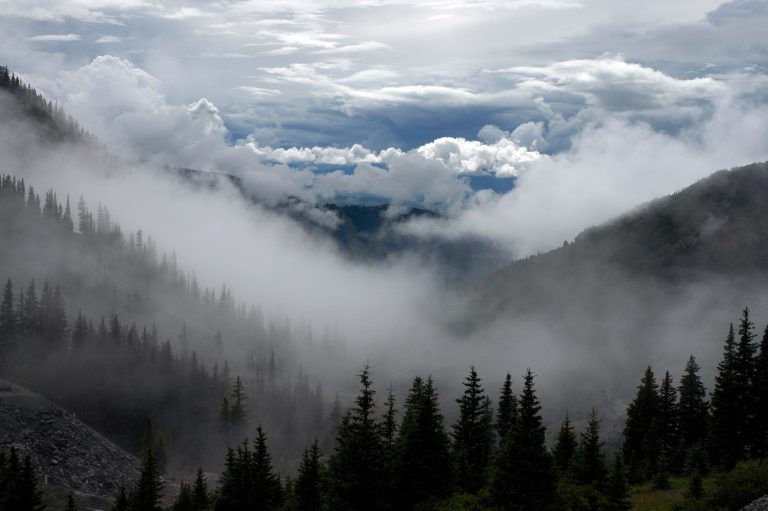




Great post. Looks like you covered everything.
Excellent! One thing I would encourage viewers here to do it also look at Susanne’s linked Worksheet on this. There’s even more there. For example, on #8, she includes the all-important details of weather, time of day, etc. Because I do complete scene summaries, what I do it copy-paste a mini version of the worksheet/checklist to create each scene summary. I find it very helpful, and it’s also a great way to quickly find the key points in the story and get an overall view of it.
Thanks, Harald. I’m glad you find this helpful! I’m amazed that I’ve never seen anything written on the scene creation process. You read about what to put in a scene, but not how you decide what scene to write and how to build it. This is basically a process I’ve intuitively developed over decades and I’d never really broken it down. And I critique a lot of awful scenes that just don’t work. Mostly, they have no point and don’t build to anything. So glad to create yet another chart!
This is exactly the problem (or one of them) that I’ve been struggling with for years: how do I know precisely which scenes to include? When I read a great novel, the choice of scenes feels inevitable: how does the author do that?? Thanks so much for addressing this!
My upcoming book Layer Your Novel will help lay that all out for you. Watch for it later this summer!